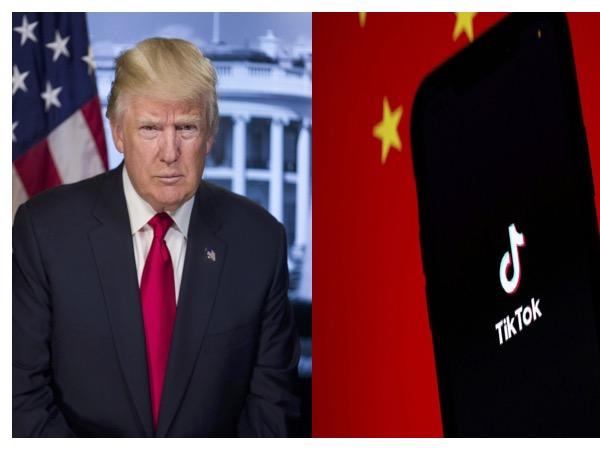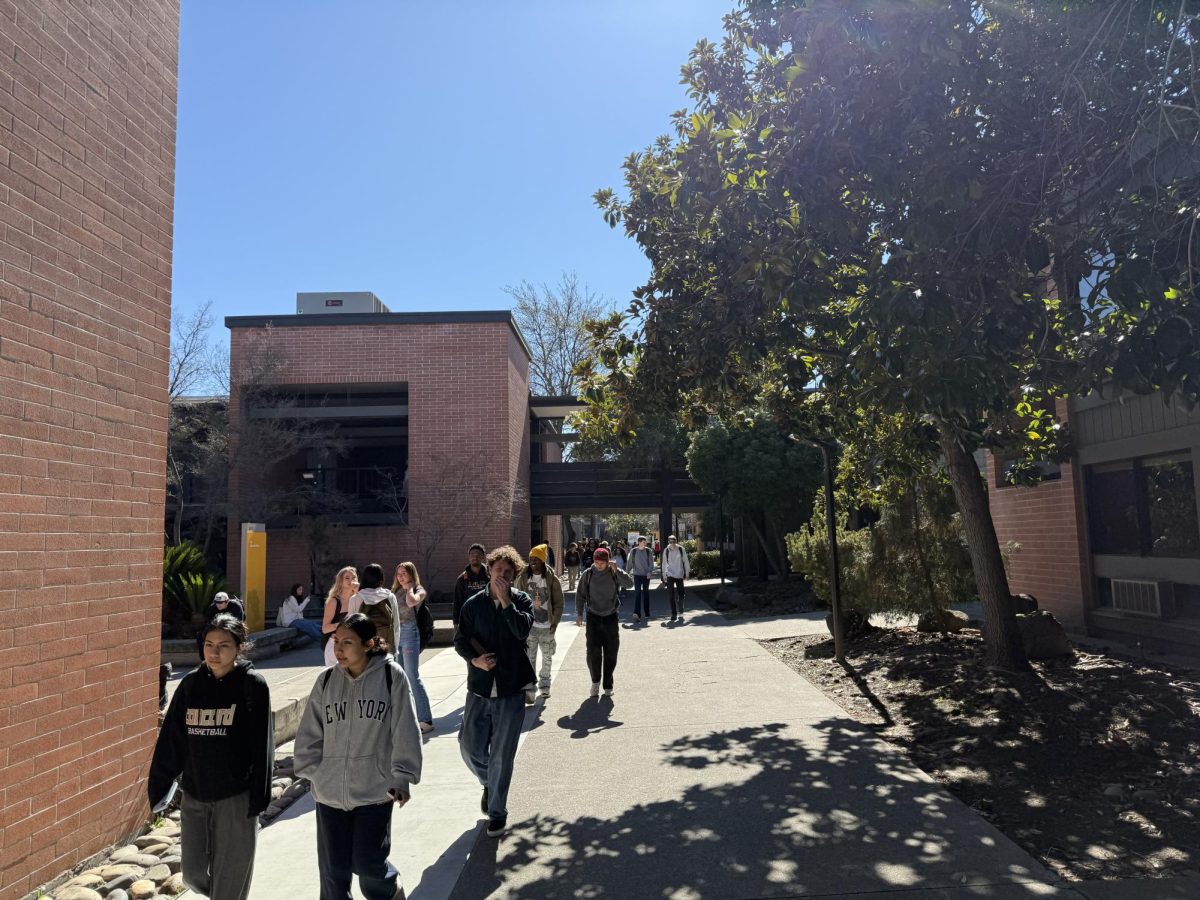Free Education is a Human Right, except in America?
November 18, 2014
Here we go again. News of the tuition hike proposed by University of California President Janet Napolitano has students questioning the worth of their degree, again.
How much more of an increase are UC students to expect?
According to the Associated Press, the average annual cost of a UC education for California residents pursuing undergraduate degrees and graduate degrees in academic as opposed to professional disciplines would jump from $12,192 to $12,804 next fall and $15,564 in fall 2019.
Since the economic downturn, the state has slashed its funds for UCs by nearly $1 billion. Even though some of the funds have been restored to the UC system, state funding remains $460 million lower than it was six years ago.
Governor Jerry Brown told AP, that state funds for UC will go up by 4 percent each year over the next two years if tuition rates remain frozen through June of 2017. However Napolitano said the 4 percent increases are not enough. She also noted financial aid fully covers tuition for nearly 55 percent of UC undergraduates.
The Los Angeles Times reports, “UC needs more money to help cover rising costs of retirement benefits, fund recent pay increases in employee contract settlements, hire more faculty and raise the number of California undergraduates by 5,000 over five years from the current 166,250.”
Though the debate was sparked by the tuition increase for UCs, it does raise the topic of the cost of higher education in America.
According to the Department of Education, for the 2011–12 academic year, annual current dollar prices for undergraduate tuition, room and board were estimated to be $14,300 at public institutions, $37,800 at private nonprofit institutions, and $23,300 at private for-profit institutions. Between 2001–02 and 2011–12, prices for undergraduate tuition, room, and board at public institutions rose 40 percent, and prices at private nonprofit institutions rose 28 percent, after adjustment for inflation.
The international organization, Organisation for Economic Co-operation and Development found that “The U.S. ranks 14th in the world in the percentage of 25-34 year-olds with higher education (42%).” When all adults of working age are considered, the U.S. is still one of the highest-educated countries in the world. But when this age group is considered, we are falling behind,” according to an article published by The Huffington Post in March.
Parents and students are increasingly struggling to pay for college, financial aid has become a pain for many to go through and there is not enough money to go around anyways.
Young people are increasingly questioning their choices to get a degree or go straight to work after high school.
Though there have been small demonstrations and protests, such as the one at UC San Diego, overall there has not been enough uproar by people to change the system.
San Diego News reports, Rep. John Garamendi, D-Fairfield, a former member of the UC Board of Regents and California State University trustee, saying “I’ve met families who scrapped everything they could afford to send their first child to college, only to see the siblings denied their chance at their American dream,” he said. “There is no greater cure to poverty than a good education. There’s no easier way to tank an economy than to make a great state’s universities inaccessible.”
It is a well known fact that access to free or extremely affordable college education enables people to get out of the cycle of poverty. It enables people to contribute to the economy by giving them higher purchasing power due to increased wages and better jobs.
So what will it take for our system to go back to the fundamentals of equal educational opportunity for all? What will it take for students to stand up and demand a low cost college education so they don’t have to worry about hundreds of thousands of dollars in debt by the time they are 27-years-old?
It will take a Government who realizes the value of an educated people, versus more military might. It will take a president who will fight for an overhaul in the educational system so that one day soon education can be free or very low cost.
Above all, it will take students who are willing to make their voices heard and fight for their rights to a better, more equal and debt-free future.








































































